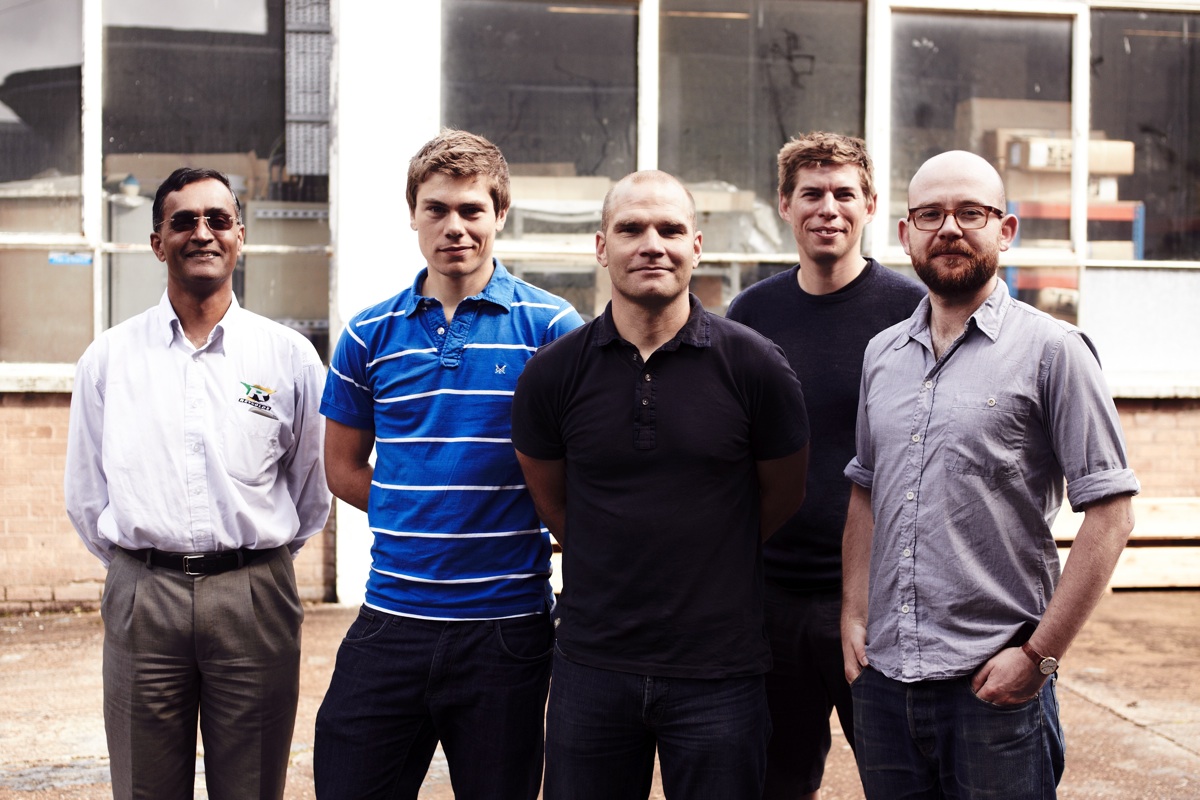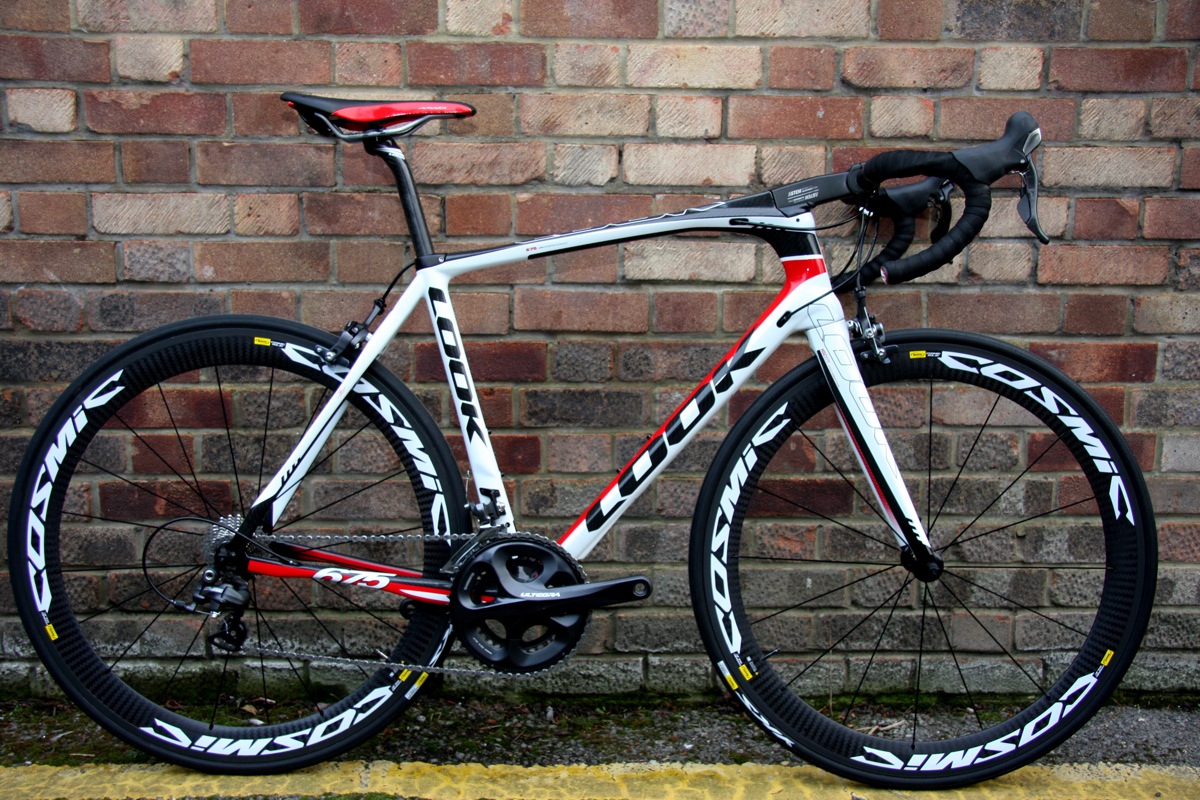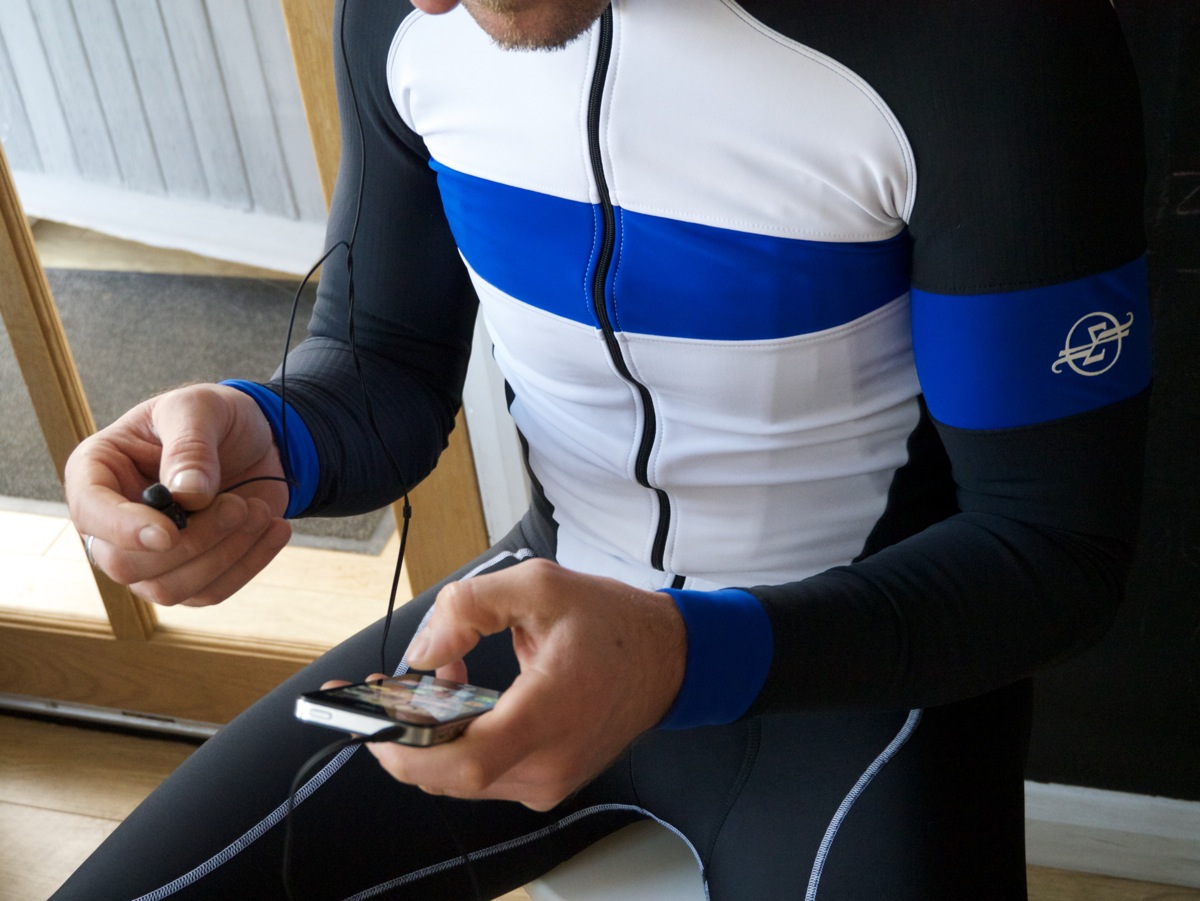Cycling is among the most photogenic of all sports.
The bikes, the kit, the riders, and, of course, the scenery means there’s always an opportunity to capture a great image.
We’ll be launching our competition next week to showcase the best photos from RCUK readers in a host of categories.
In the meantime, here are some tips from Phil Gale, cycling journalist and photographer, and a man who knows a thing or two about photographing the sport we love.
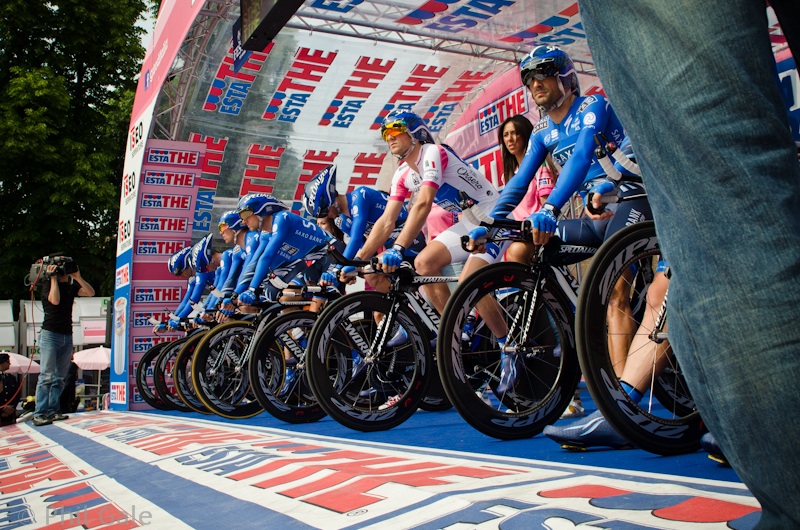
Over to you, Phil…
“2012 has been a historic year for cycling for us Brits.
How many of you actually made an impromptu trip over to France in July to be part of Wiggo’s army of supporters or even made the trip down to London to see either the road or time trial events at the Olympics? Many I am sure. I am also sure that many of you had your cameras on hand to capture the event, but what is it that makes a good shot?
This is somewhat of an open question, down to the preference or taste of the person looking at the photo. I think that one thing that is the key to a good photo is something which captures your eye. Just look at thumbnails on the internet; what is it that makes you want to click on the image to look at the full photo? Or what is it that makes you stop when flicking through a magazine to have a good look at an image? An eye-catching photo is one which draws your eye into the photo or one which is different to all those around it.
Here are six tips to help you improve you photography.
1 – Know your camera
Heard the one about the photographer at a dinner party? The host enquired about the photographer’s camera and, impressed by the reply, said: “You must take wonderful photos.” The photographer, enquiring in turn about the host’s oven, replied: “You must cook wonderful food.”
Equipment is not the be all and end all with photography. Whatever camera you own, you can take great shots; just know how it works and its limitations. More advanced cameras tend to allow you to shoot in a wider range of conditions, but even the most basic camera can take amazing photos if used in perfect conditions.
If you know the equipment and its strengths, you too can take better shots.
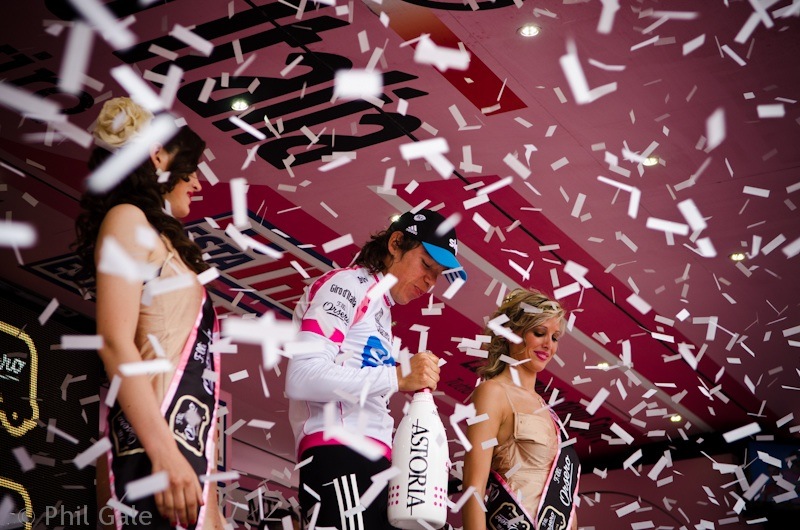
2 – Take your camera off of auto
Auto means that your camera decides all the settings for you when shooting. The first step to improving your photography is to use your own brain to control what the camera does. This is the next step from knowing your camera. When you know what each function does and the outcome, you can control how your camera will react.
3 – Think about your shot
One thing I heard when I first started shooting was, “look more and shoot less” and it is something which has stuck with me. You can go Rambo style when shooting, setting your camera to ‘continuous’, shooting hundreds, if not thousands of images. I’m pretty sure that while wading through all of your images you will find some good ones. It is the law of averages and not real skill.
Take your time to line up your shot. When I get to a location, I look around and consider where I can capture a dynamic image. I arrive before the race, look at the crowds, light, backdrop and make a plan. The race will pass very quickly, but by following a plan you caputre a wider range of shots. By planning what you want, taking your time to line things up, you will shoot less but each photo will be thought out and should produce a better image.
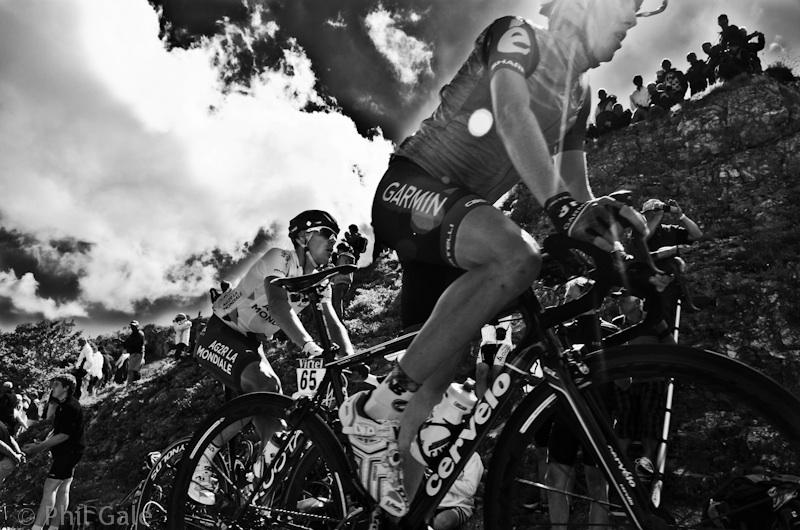
4 – Pre-focus your camera
This is simply preparing your camera for the fast-arriving action. Once you know the shot you want, you can set your camera ready to shoot. Find a mark in the road where you want your focus point to be; where the action will pass. Put this in the centre of your frame and depress the shutter button half way. Your camera will focus on that point and be locked as long as you hold the shutter release half way. You can then recompose your shot to how you want it.
With your camera pre-focused it will react instantaneously when you click the shutter all the way. After a few attempts you should have this down and hopefully have shots where the face of the rider is pin sharp, meaning less shots for the recycle bin.
5 – Shoot with both eyes open
Action can take place anywhere when a race is passing. If you shoot with only your eye on the view finder open, you will only see what your camera is pointing at and might miss something which would make a great image.
By keeping both eyes open, a skill which you need to work at, you will see more. You will not only get a wider view of when the race arrives, but also you will see if there is something which will make a great image taking place elsewhere.
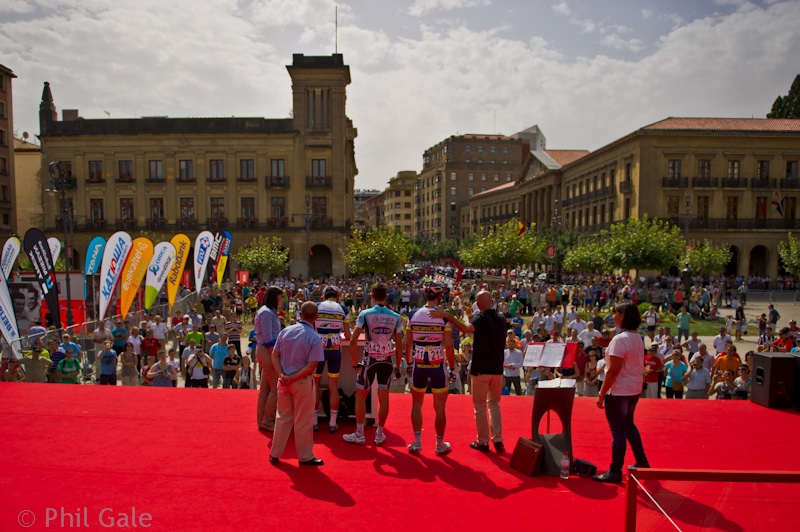
6 – Look
Many people say that you can learn how to work a camera, but you cannot learn ‘the eye’. In photography, the phrase ‘eye’ means knowing what will make a good shot, in terms of action and composition. Whether this is true or not, I don’t know. What I do know, is that I take my best photos when I ‘open’ my eyes.
By taking the time to look at photos, online or in print, by looking when I am outside at the tone and contrast in the sky, I can see what is pleasing to the eye. What is it that makes you stop and look at that image when you are flicking through a magazine? Contrast, composition, editing or subject, all of these things make up a good photo. By keeping your eyes ‘open’ in everyday life and thinking about what you are looking at, you should improve your ability to compose good photos.
Photography is something which takes a lifetime to master. I have only been shooting seriously for 12 months and am still learning every day and many times am amazed that people like my photos. The more you shoot the more you learn what works and what does not. Do not be afraid to experiment because the happy mistakes can give you an image which is great. Whilst the proper mistakes are positive learning experiences, as long as you find out what went wrong, how to stop it happening in the future and do not make the same mistake twice, then you are learning.”

